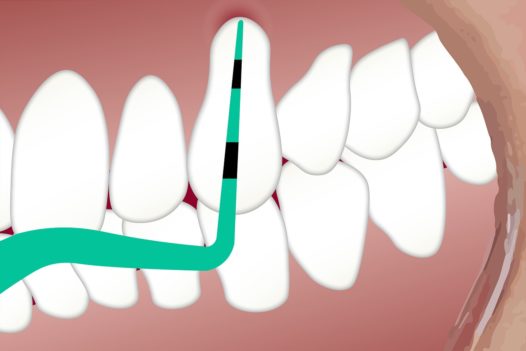
Gum Surgery
There are four main types of gum surgery that are routinely performed; the most common is known as 1. Gingival flap surgery or ‘pocket reduction’. In this type, the periodontist fold back the gums and remove the debris.
2. In a Regeneration surgery, bone grafts, membranes and tissue-stimulating proteins are inserted to encourage the growth of gum tissue; while
3. Crown lengthening removes an overgrowth of gum tissue.
4. In Soft tissue graft, the periodontist takes a tissue sample from the patient’s mouth and attaches it to the gums in order to replace the infected, diseased tissue.
An equally important element of a bright-appealing smile: the healthy-looking and well-proportioned gums that surround & support those pearly whites. Cosmetic flaws are caused by gum tissue that’s
1. covering too much of the tooth’s surface, also called “gummy smile”; a crown lengthening procedure can be performed to correct that and
2. covering too little of the tooth’s surface where the teeth appear too long due to receding gums; so gum recontouring procedures are performed to re-shape the gum line for a more even, pleasing effect.
When a tooth has too much of it’s root area exposed, it is more prone to decay, and may become extremely sensitive to hot or cold; so covering the exposed root with gum tissue is a non-cosmetic reason for gum surgery.
Laser gum surgery is a periodontal treatment that uses a series of lasers to target and clean tartar (plaque). It cleans the surface of teeth, roots and pockets that have gradually been formed along & in the gums.
Unlike traditional gum disease treatments, laser gum therapy allows the periodontist to solely target the infected areas without invasion into healthy, surrounding gum tissues. Not only does laser eliminate bacteria, but it can also be further used to create a healthy, strong bond between the tooth and gums.
It is a pain-free procedure with minimal post-procedure discomfort and sensitivity of the gums is only for a short duration of time. The benefits include, less (or no) pain, faster healing, less (or no) bleeding, minimized swelling and reduced risk of infection.